#Keisai Eisen
Text
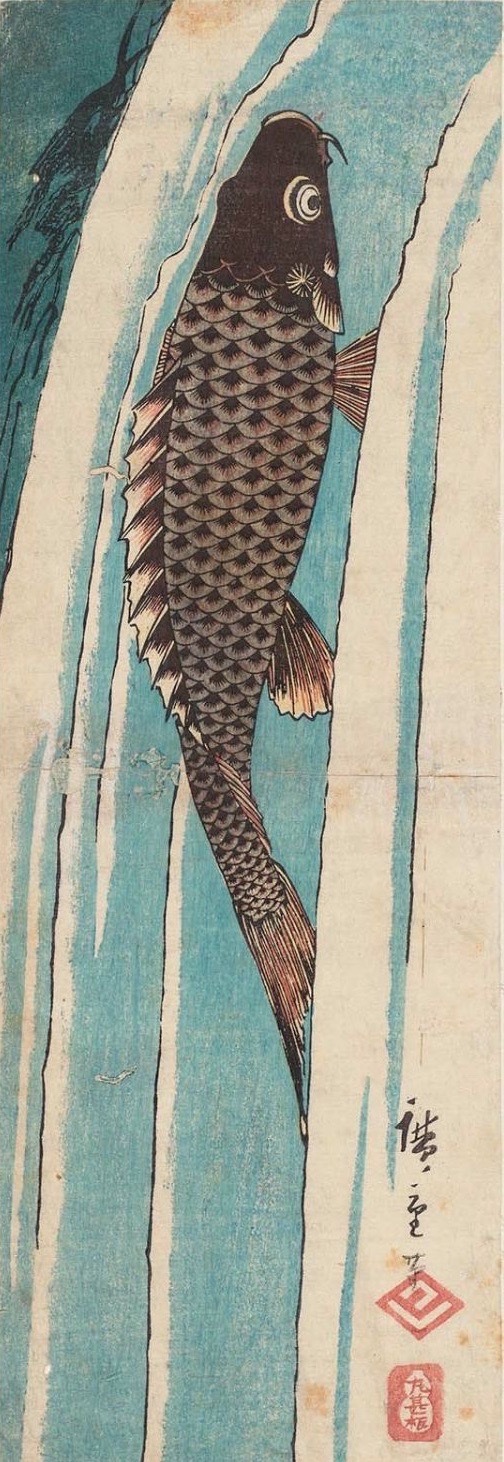
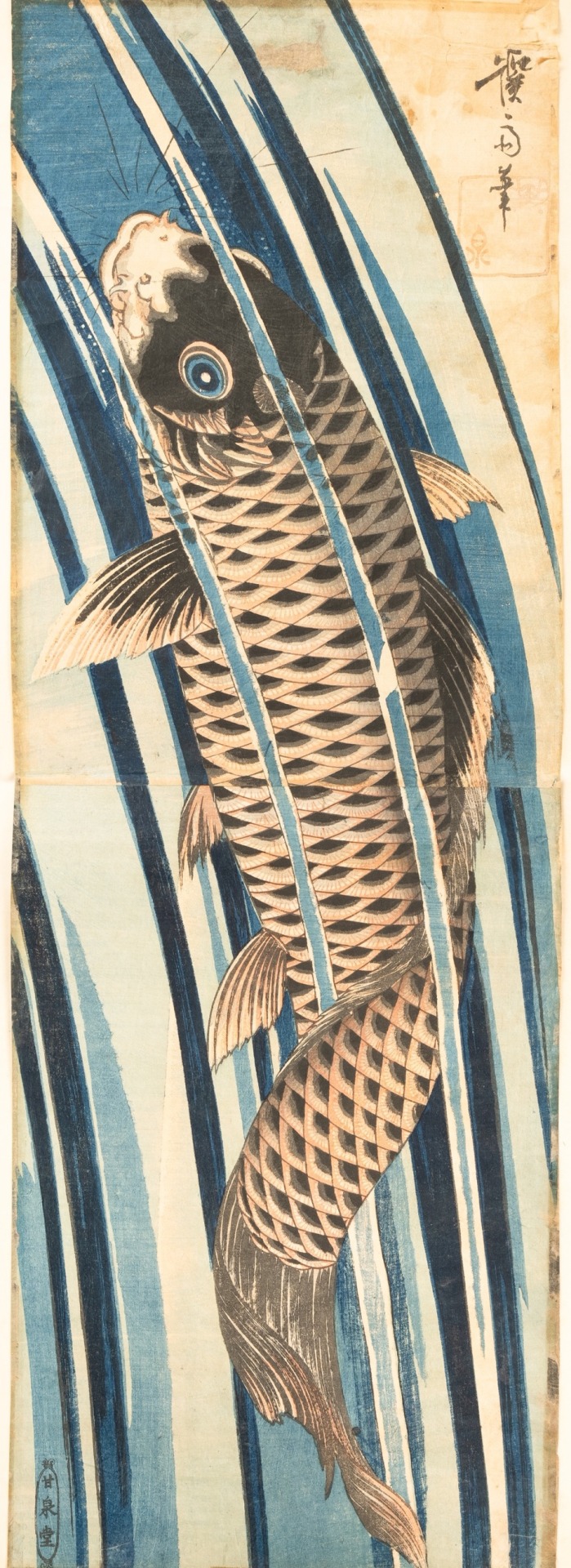
Left: Utagawa Hiroshige, Carp Ascending a Waterfall, Edo period
Right: Keisai Eisen, A carp climbing a waterfall, 1840
#utagawa hiroshige#keisai eisen#japanese art#art history#aesthetictumblr#tumblraesthetic#tumblrpic#carp#waterfalls#fish#fishing#beautiful fish#nature#wildlife#fishkeeping#woodblock print#asian art#modern art#japanese prints
440 notes
·
View notes
Text
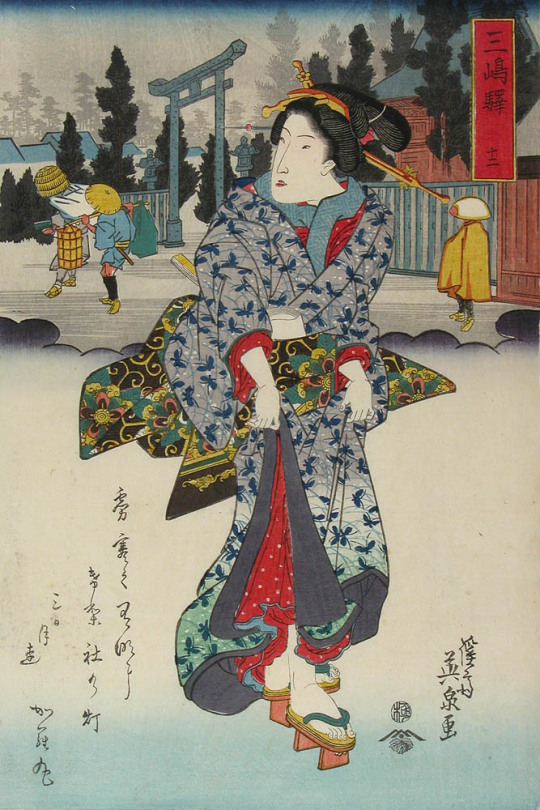
Mishima (no. 12 from the series Fifty-Three Stations of the Tokaido with a Beautiful Woman Each), Keisei Eisen, 1840-42
#art#art history#Asian art#Japan#Japanese art#East Asia#East Asian art#ukiyo-e#woodblock print#portrait#bijin#bijinga#Eisen#Keisai Eisen#Edo period#19th century art
212 notes
·
View notes
Text
Happy #LeapYear #LeapDay
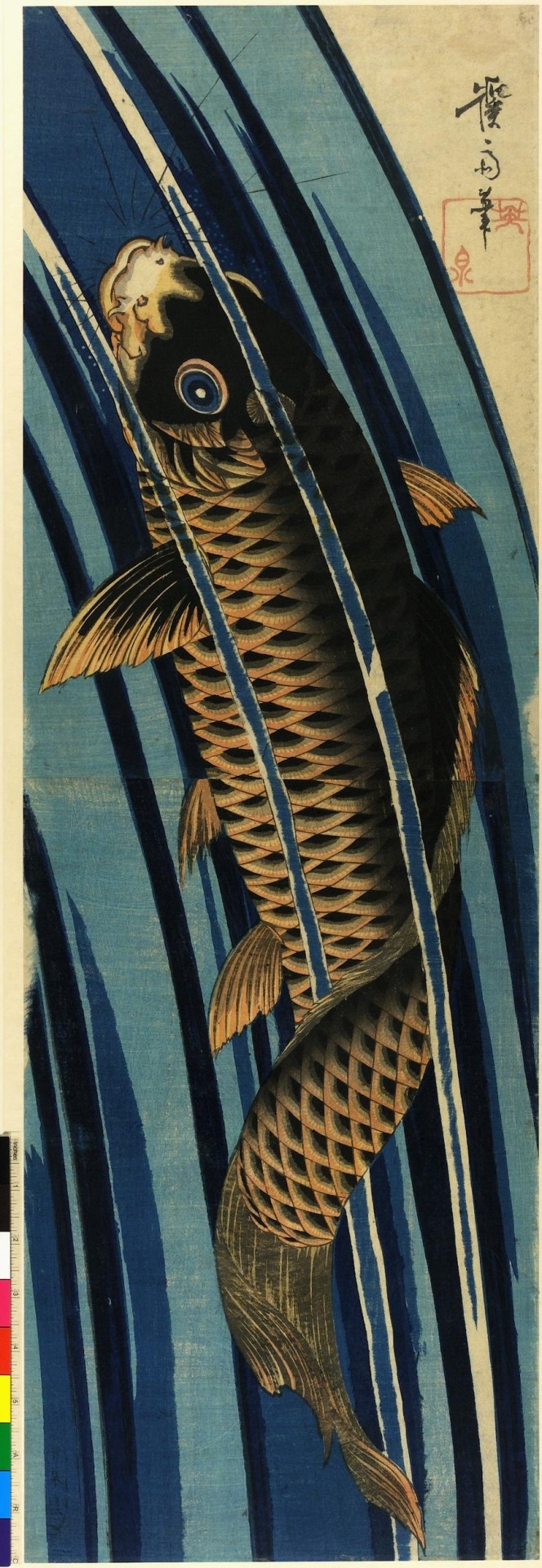

Keisai Eisen 渓斉英泉 (1790-1848)
Woodblock prints, kakemono-e, Edo, 1830s-40s:
1.. Carp leaping up a waterfall.
https://www.britishmuseum.org/collection/object/A_1906-1220-0-311
2. Courtesan parading in kimono patterned with leaping carp.
https://www.britishmuseum.org/collection/object/A_1906-1220-0-312
British Museum collection
#animals in art#animal holiday#19th century art#carp#fish#leaping carp#leap year#leap day#Japanese art#East Asian art#Asian art#woodblock print#print#ukiyo-e#Keisai Eisen#kakemono-e#British Museum
44 notes
·
View notes
Photo
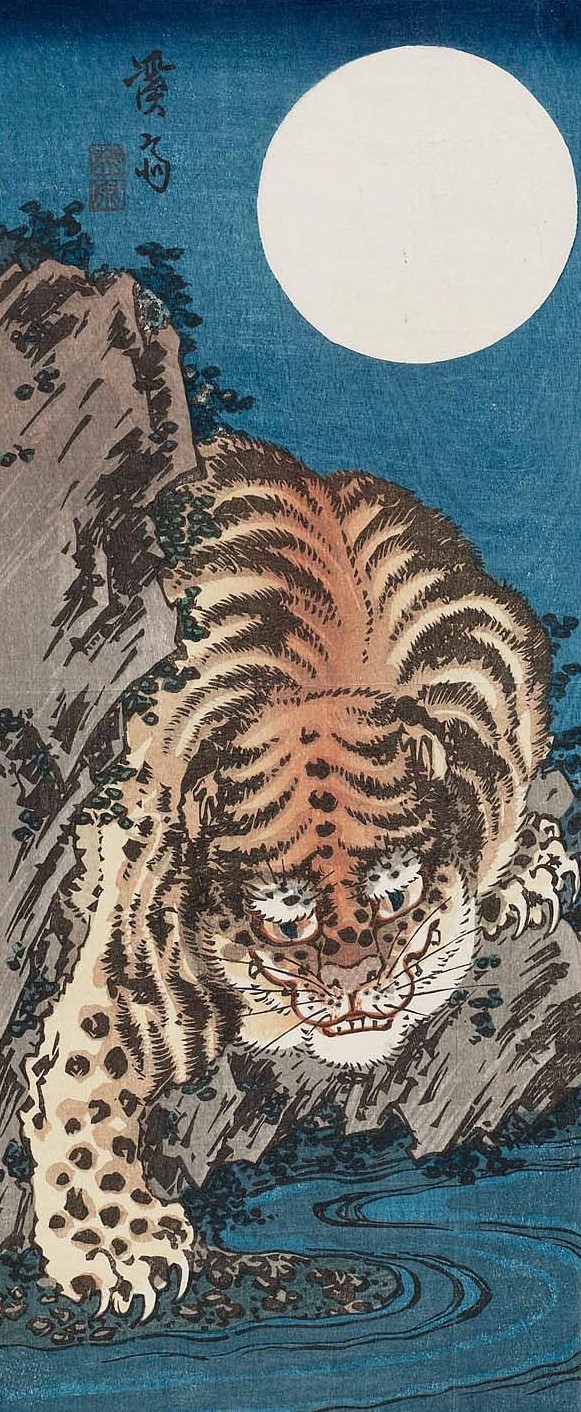
Tiger and Full Moon by Keisai Eisen (1844-46)
#keisai eisen#art#ukiyo-e#woodblock prints#fine art#19th century#19th century art#edo era#edo period#woodblock print#japanese art#japanese artist#nature art#tiger#moon#full moon#asian art#classic art
1K notes
·
View notes
Photo
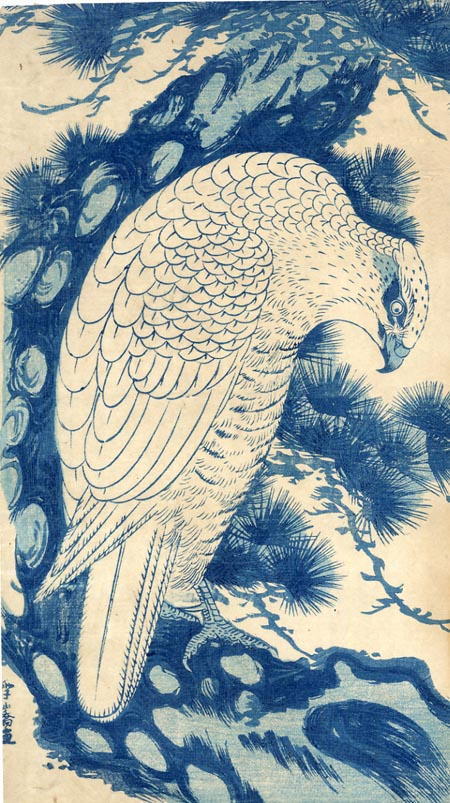
Keisai Eisen
423 notes
·
View notes
Photo

Snow on the Sumida River by Keisai Eisen (Undated, Color woodblock print; oban)
#art#artwork#kunst#kunstwerk#keisai eisen#asian art#asiatische kunst#landscape#landschaft#winter#winter landscape#winterlandschaft#snow#schnee#river#fluss#sumida river#nature#natur#cold#kälte#frost#art print#kunstdruck
21 notes
·
View notes
Text

The Kirifuri Falls, by Keisai Eisen (1843)
85 notes
·
View notes
Photo
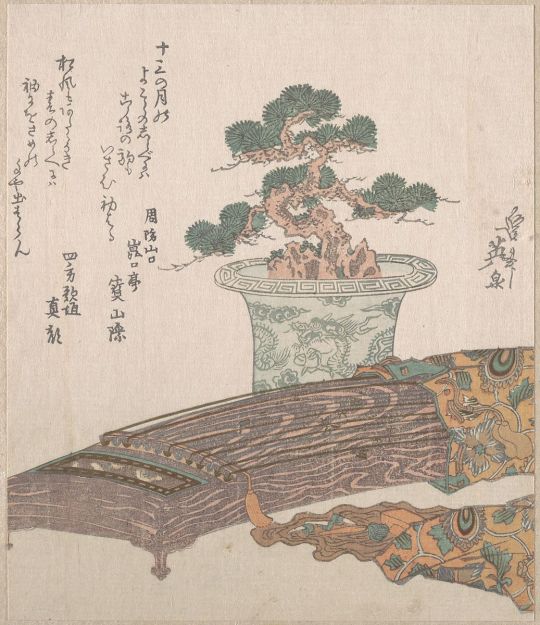
Potted Pine Tree and Koto, Keisai Eisen, 19th Century
#potted pine tree and koto#keisai eisen#eisen keisai#19th century#1800s#print#ukiyoe#ukiyo-e#ukiyo e#woodblock#woodblock print#art
33 notes
·
View notes
Text
The Legacy of Keisai Eisen | Exploring the World of Ukiyo-e Prints

View On WordPress
#art#art history#edo#edo period#history#japan#japanese#Keisai eisen#Kikugawa Eizan#met#met museum#museum#ukiyo e#ukiyo-e
25 notes
·
View notes
Photo
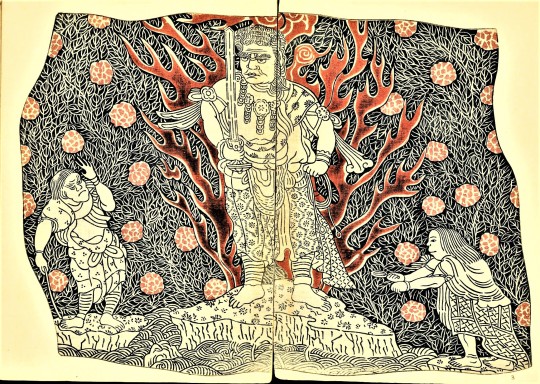




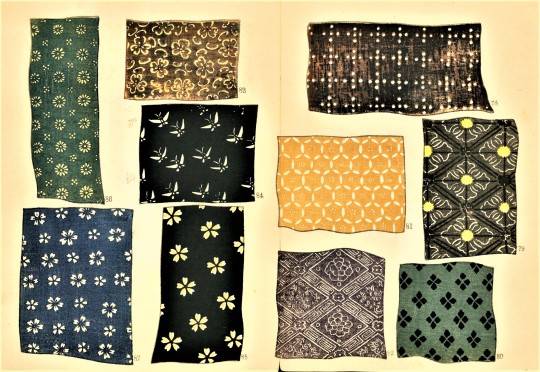
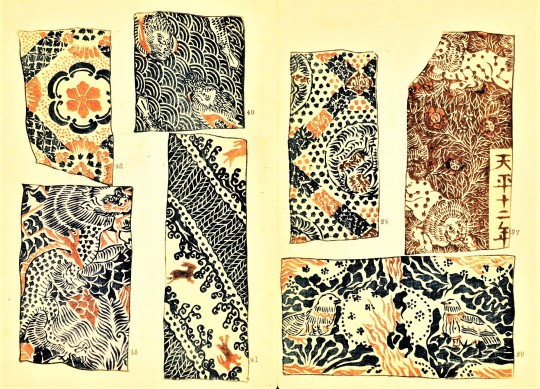

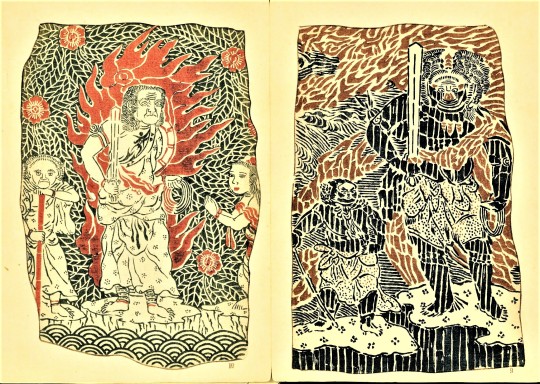
Decorative Sunday
This decorative Sunday we bring you a few pages from Leathers of Old Japan, published in both Boston, Massachusetts and Kobe, Japan in 1904, by the Japanese-American Asian art dealer and connoisseur Bunkio Matsuki (1867-1940). In 1893, the twenty-five year old Matsuki opened the first Japanese store in Boston, selling a combination of imported mass-market goods and fine art and antiquities. He also build the first Japanese-style house in Salem, Massachusetts. Matsuki played an integral role in the prominence of Japonsime in the Boston area.
Leathers of Old Japan is essentially a reproduction of an older and very rare Japanese publication originally published in 1845 by the Japanese ukiyo-e artist Keisai Eisen (1790-1848), also known as Ikeda Eisen. The leathers illustrated here were used by Japanese generals and warriors for weapons casings and for trimming and lining suits of armor. Our copy is from the collection of the Layton School of Art, the predecessor institution of the Milwaukee Institute of Art and Design.
View more Decorative Sunday posts.
#Decorative Sunday#decorative arts#decorative plates#leatherwork#leather#japanese design#Japanese artists#Japanese Americans#Bunkio Matsuki#Leathers of Old Japan#Japonsime#Keisai Eisen#Ikeda Eisen#Layton School of Art
42 notes
·
View notes
Text
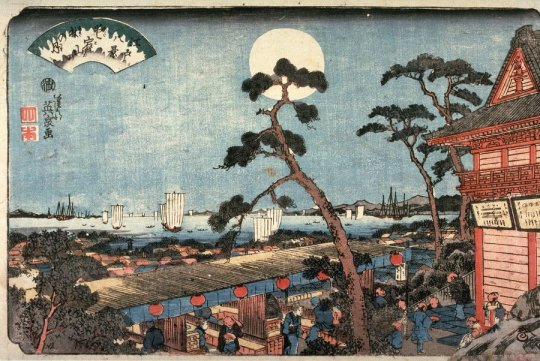
Autumn Moon over Atago Hill, 1846
Keisai Eisen
9 notes
·
View notes
Text
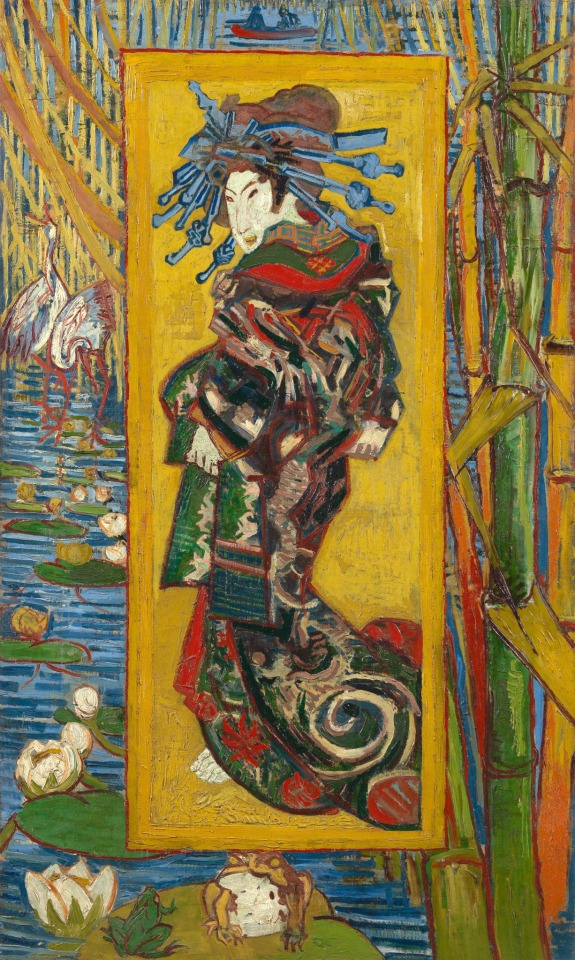



Vincent van Gogh
Courtesan (after Eisen)
Paris, October-November 1887
(& details)
#vincent van gogh#dutch artist#dutch painter#japanese prints#japanese art#french art#french painting#storks#bird’s#bird art#frogs#frog art#post impressionist art#post impressionism#eisen#keisai eisen#modern art#art history#aesthetictumblr#tumblraesthetic#tumblrpic#tumblrpictures#tumblr art#aesthetic#beauty#tumblrstyle#beautiful animals#animals in art
53 notes
·
View notes
Photo

#ukiyo-e#Keisai Eisen#japan#japanese#渓斎英泉#Otonashisô Tsukuda Shinchi no irifune#Twelve Views of Modern Beauties#Edo period#Woodblock print
5 notes
·
View notes
Text
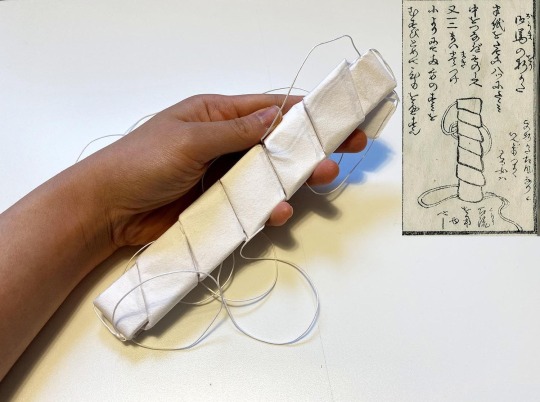
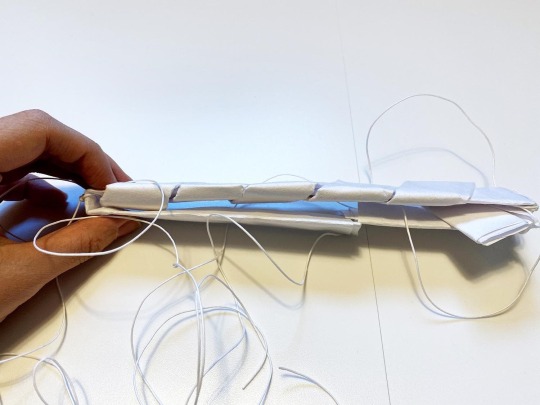
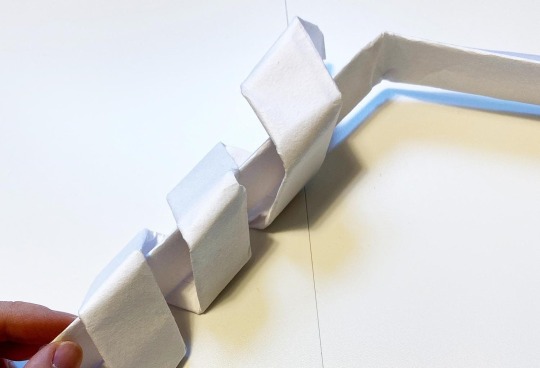
Cw: We are going to talk here about periods, and sex education in the past. Read this note according to your own sensibilities :)
How women dealt with periods during Edo period, article by shunga enthousiast Shungirl who made a paper pad following instructions found in makura bunko 枕文庫 - ie ancient sex books illustrated with erotic ukiyoe.
One of such makura bunko is 渓斎英泉 Keisai Eisen's 閨中紀聞-枕文庫, first published in 1822. It details Chinese remedies recipes for menstrual pains and irregularities, give tips about sex, and information about menstruations and pregnancy. From a modern point of view, some beliefs are outdated, but it was then such a bestseller it went through several reeditions.
Several words were apparently in use during Edo era to designates menstrual period: keisui 経水, gekkei 月経, tsukiyaku 月水, etc.
When girls went throught their first period, their females relatives or nannies would taught them how to deal with them. One method was to use paper as sanitary products (please note people without easy access to paper probably dealt with periods differently).
__________ 御馬 paper pads
Sanitary pads, such as the one recreated above by Shungirl, were then called mima 御馬 (probably as a pun on true "mima" which were then fine horses own by noblemen, or attached to sanctuaries as mounts for gods etc) or simply ouma お馬 ("honorable" horse).
Ouma were made from inexpensive recycled paper called Asakusagami 浅草紙. Sheets were folded 8 times, tied with twisted paper strings (koyori 紙縒), and then wrapped with another layer of folded paper. It was secured once again with paper strings.

Part of the strings could be left long so to tie around the waist, or/and pad was hold into place by wearing fundoshi 褌 loincloth (which would also help prevent leaking on inner tights).
Asakusagami quality was low (it was also used as toilet paper) so paper pads had to be changed often, meaning you had to fold quite a lot of them to go through your period!
Shungirl folded the pad above following instructions found in the book 実娯教絵抄, which provided several other "models":

__________ 詰め紙 paper tampons
Another method for dealing with periods were tampon-like paper bundles which were inserted into the vagina, the 詰め紙 (tsumeshi? I am not sure of the reading).
This method may have first appeared in red-light districts (?). Beside its use for periods, prostitutes also used those tampons as method of contraception (OP has an interesting article on this subject).
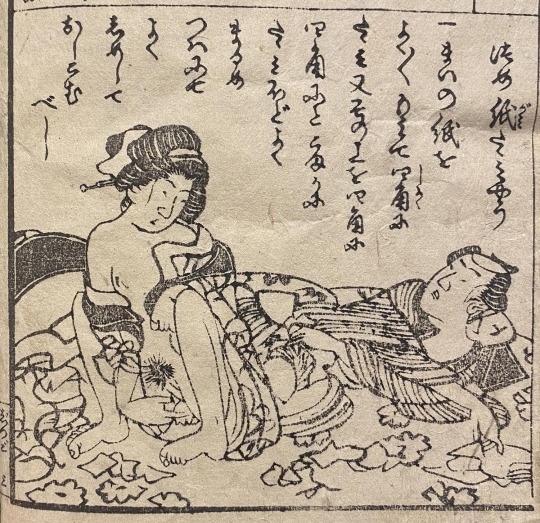
By the end of Edo period and into Meiji, paper tampons were widely used even by women who were not prostitutes - despite voices branding this method as unsanitary.
__________ About girls' coming of age rites
Menarche (first period) was an important milestone for girls, and was celebrated as such via specific rites (shochō o iwau 初潮を祝). Those differed a lot from places to places, and also depended on social status.
Celebrations would concern close family, but often spread to wider community who could received for example a festive meal (sekihan 赤飯) for the occasion (some Edo era senryû poems stress how mortifying this publicity could be!).
Interestingly, some traditions were also pretty sweet: in some places, mothers would sew 3 stiches into their daughter's underskirt (koshimaki 腰巻き) as a good luck charm, hoping their periods would last only 3 days <3
Those rites were part of coming of age traditions (seijoshiki 成女式) which marked the start of a young woman adulthood. Another example is the blackening of teeth (ohaguro お歯黒) which usually started around 16-17 years old.
Celebrating menarche publicly was a way of advertising that the girl was no longer a child and would "soon" be a bride. Yet, if menarche often took place around 13-14 years old, in reality it was somehow unusual to have girls married so soon!
Before marriage, especially in non-noble/samurai families, young women often started their sexual life via flings or yobai 夜這い ("night crawling" ie pseudo-secret nighttime encounters) before any wedding actually took place.
#cw: periods#cw: sex mention#japan#japanese history#edo period#edo era#periods#sex education#sex history#sanitary pads#tampons#paper pads#ouma#mima#paper tampons#tsumeshi#coming of age rites#ressources#references
574 notes
·
View notes
Text

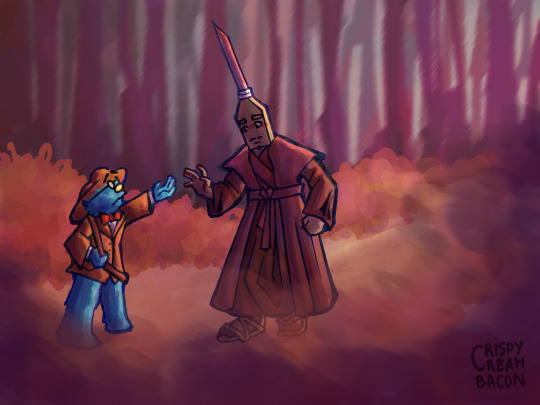

S-oar Wounds
— ☆ —
Warning: The fic above contains brief depictions of violence, gore and death. Moreover, the themes of this fic heavily involve trauma, specifically PTSD. If any of the following distresses you, please read with caution or refrain from clicking the fic.
The Professor finally reunites the Sword and the Oar after years of being apart. But can they even be together again after everything that happened to them?
— ☆ —
Fun fact! The Oar's piece is based on "Gifu Road Station: Godo, Nagara River Cormorant Fishing Boat" by Keisai Eisen and Utagawa Hiroshige. Another fun fact! The Oar's palette lowkey looks like the gay mlm flag while the Sword's palette looks like the lesbian flag. How fun! How gay even :3
Anyways, Happy Valentine's Day, everyone!! I hope y'all are doing swell whether you're spending today with your partner, your friends, your family, or you're simply vibing. As for me, I cooked up another fic featuring your favourite gay couple! Don't let the oar pun in the title fool ya, this is uhm. I think you can tell from the warning :D
The fic has it all! We got:
An exploration of the Sword and the Oar, particularly how they grapple with their trauma and how it affects their relationship with each other
Honest depictions of, well, life which can get ugly, and sometimes, they don't know how to handle it, but it's okay! It's part of the process
A really cute friendship between the Professor and the Oars! (Albeit the Professor and the Sword uh. Not exactly wholesome especially at the start-)
Hand-holding! And hugs. And general physical affection to even out the amount of drama radiating from this fic
A happy ending! Because they deserve it god DAMN IT
If all of that sounds like up your alley, you can click here to read the fic, click the title or search "S-oar Wounds" by crispycreambacon on AO3. This was a very interesting and cathartic piece to write, and I hope you get even a fraction of that catharsis while reading it too.
Thank you for showing interest in the fic, and even if you don't end up reading it, I hope you enjoy the art. Have a lovely day, everyone!
#I really hope the 8 people who voted for this fic will see it#(silly thought but I hope noa-nightingale in particular sees this I think they would like it)#Please please PLEASE send feedback especially in regards to my portrayal of trauma. I did my best but I definitely can use improvement#This was a challenge but it's one I'm grateful to have undertaken#Gay Oars fans come get your FOOD!!!#the gay oars#the professor#shane madej#<- mayhaps tagging him for more views. but also because 1) he's literally all of them 2) he does appear in the fic. you'll see :3#puppet history#watcher#watcher entertainment#we are watcher#art#artists on tumblr#writers on tumblr#writers on ao3#fanart#fanfiction#chris p fried art#chris p fried writings
88 notes
·
View notes
Photo
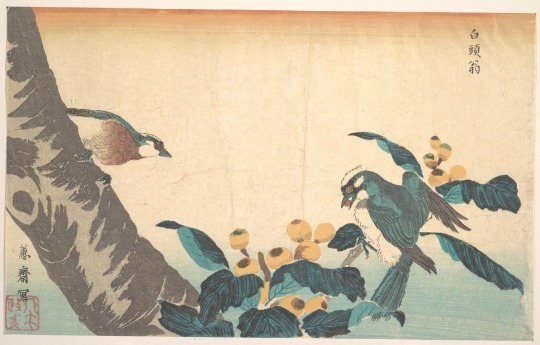
Keisai Eisen (渓斎 英泉, 1790–1848)
173 notes
·
View notes